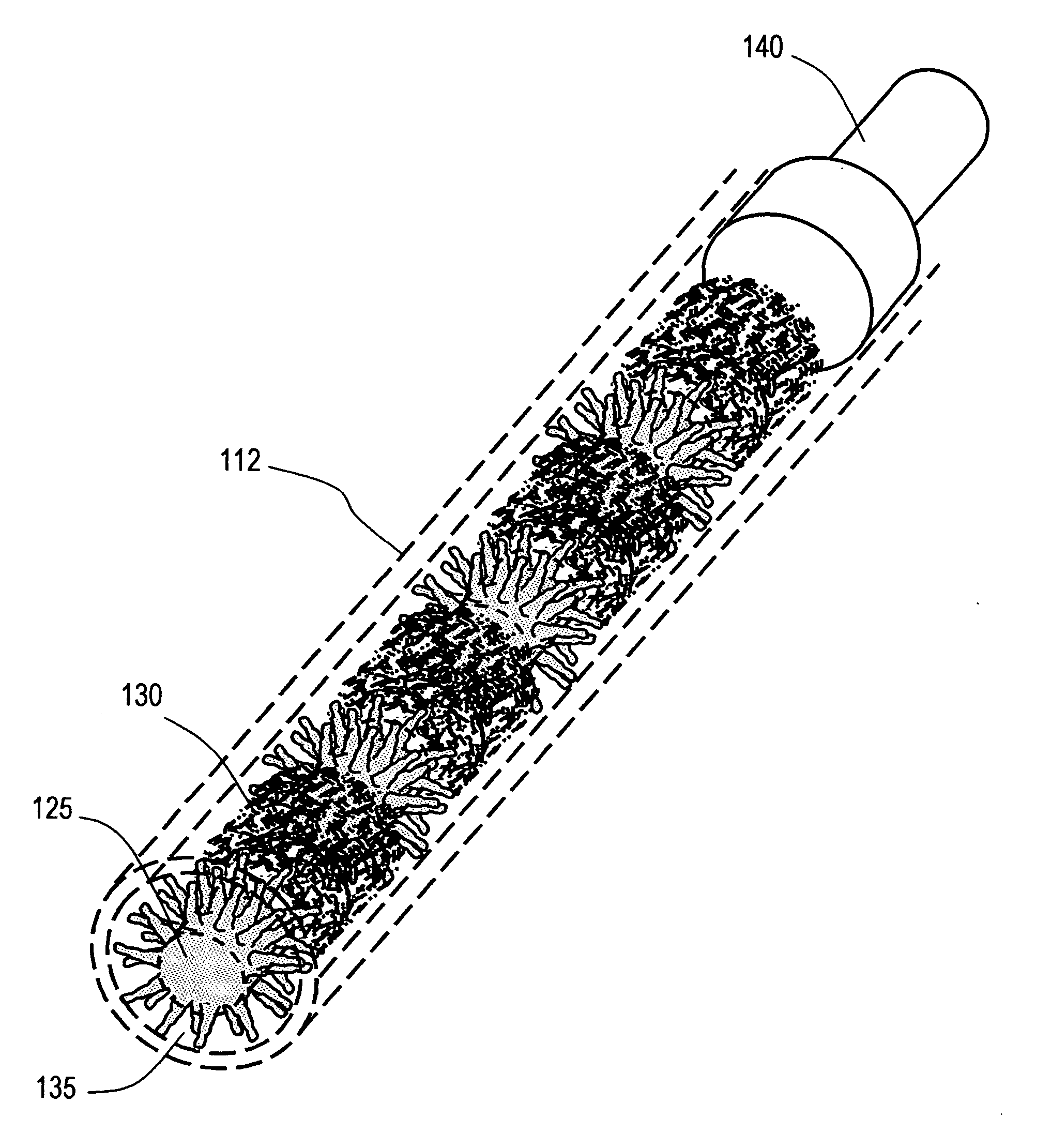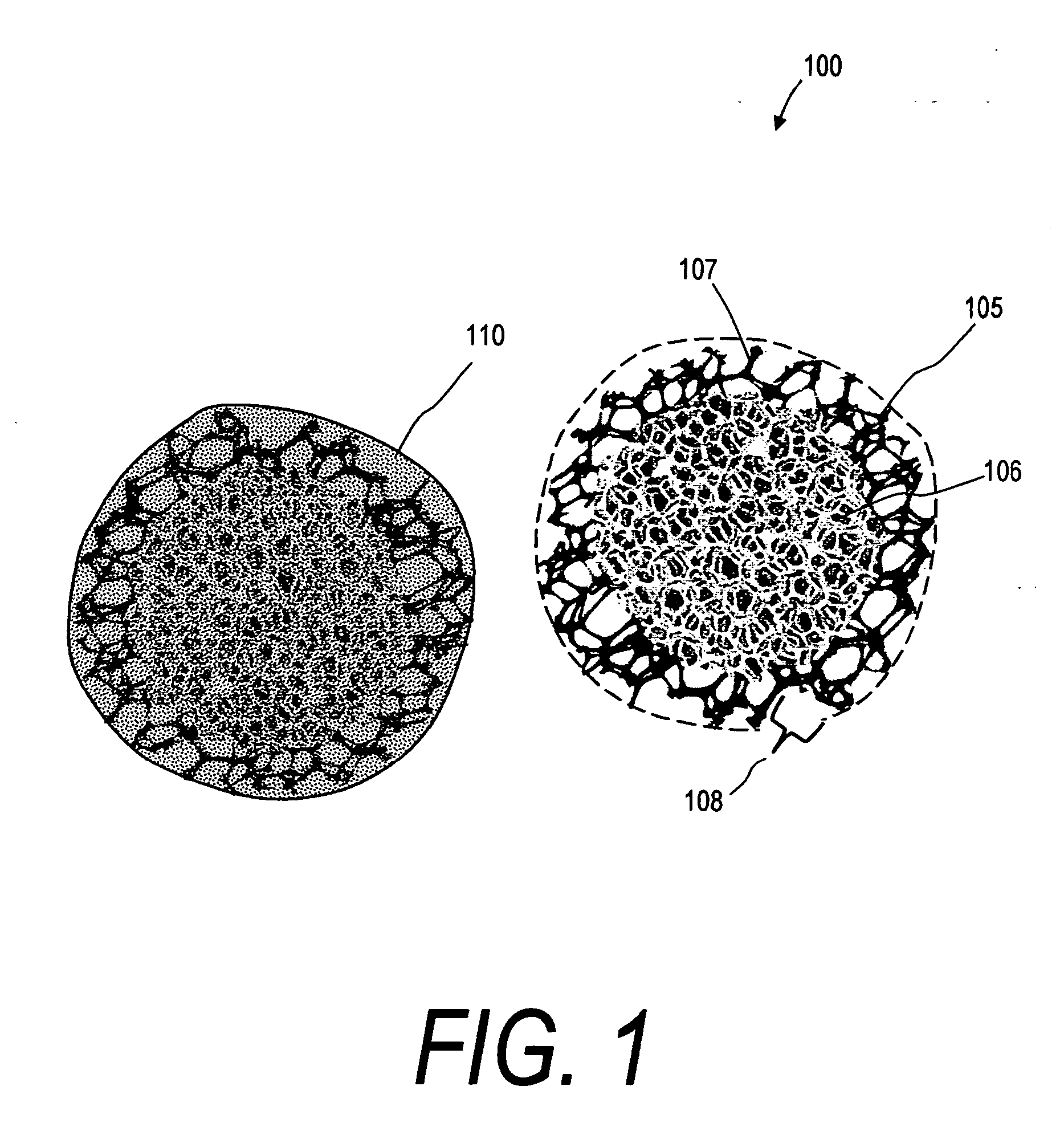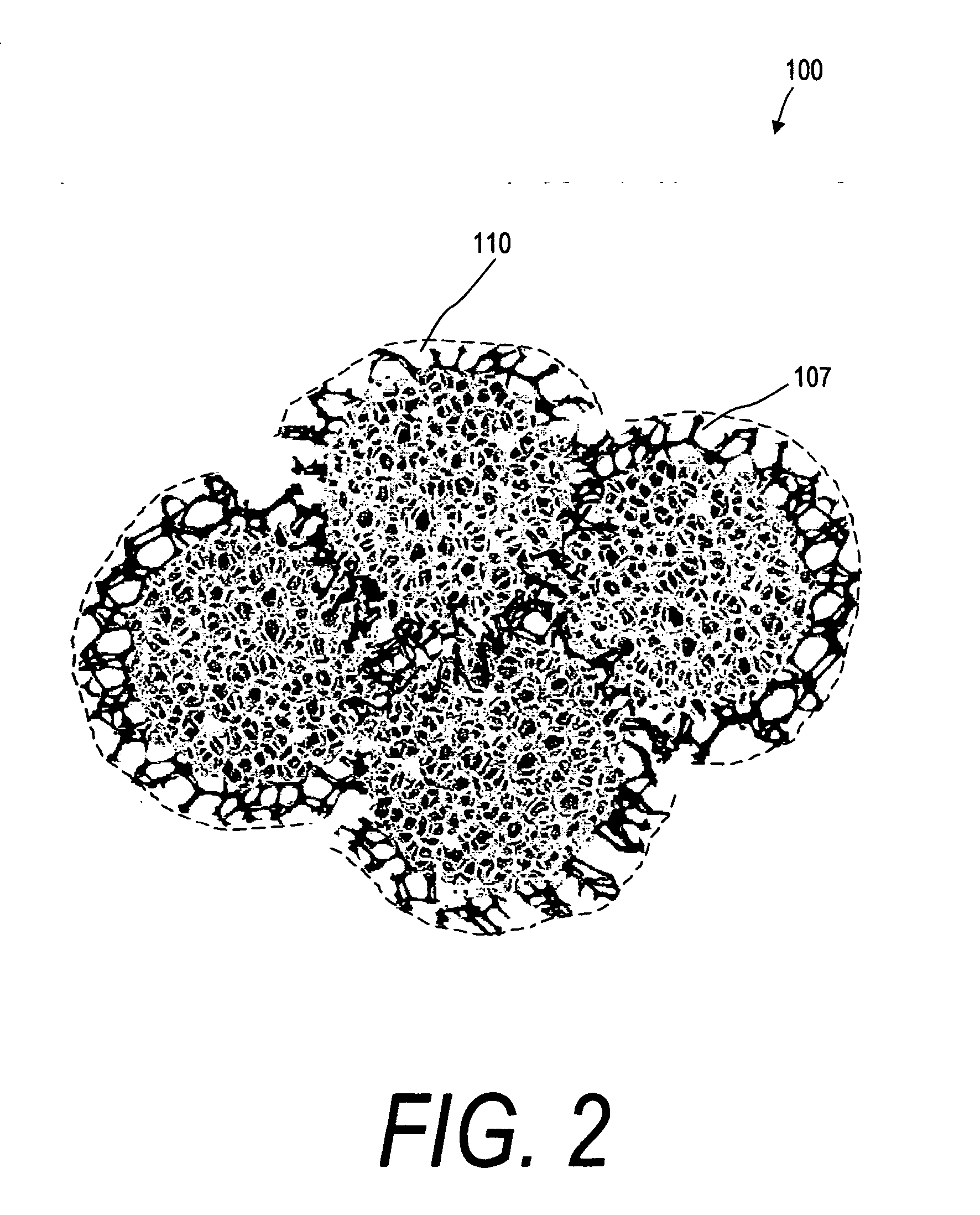Implants and methods for treating bone
a technology of implants and bone, applied in the field of implants and methods for treating bone, can solve the problems of fractures in the spine and hips, affecting mobility and quality of life, and the medical advances aimed at slowing or arresting bone loss from aging have not provided solutions to this problem, so as to reduce fractures and optimize tissue ingrowth.
- Summary
- Abstract
- Description
- Claims
- Application Information
AI Technical Summary
Problems solved by technology
Method used
Image
Examples
Embodiment Construction
[0030] The present invention relates to bone implant systems that include a plurality of small-cross section elements that are configured with coupling properties or features for in-situ assembly in bone of a substantially solid implant body. The elements can be introduced into cancellous bone through a small diameter introducer sleeve. The implants are particularly adapted for supporting bone in treating vertebral compression fractures (VCFs). In several embodiments, the individual elements are reticulated or porous to allow for bone ingrowth.
[0031]FIG. 1 illustrates a greatly enlarged view of an exemplary implant element 100 that comprises a reticulated metallic material. The term “reticulated” as used herein means having the appearance of, or functioning as, a wire-like network or substantially rigid network of struts or ligaments 105. The related term reticulate means resembling or forming a network. The terms reticulated and trabecular are used interchangeably herein to descri...
PUM
 Login to View More
Login to View More Abstract
Description
Claims
Application Information
 Login to View More
Login to View More - R&D
- Intellectual Property
- Life Sciences
- Materials
- Tech Scout
- Unparalleled Data Quality
- Higher Quality Content
- 60% Fewer Hallucinations
Browse by: Latest US Patents, China's latest patents, Technical Efficacy Thesaurus, Application Domain, Technology Topic, Popular Technical Reports.
© 2025 PatSnap. All rights reserved.Legal|Privacy policy|Modern Slavery Act Transparency Statement|Sitemap|About US| Contact US: help@patsnap.com



